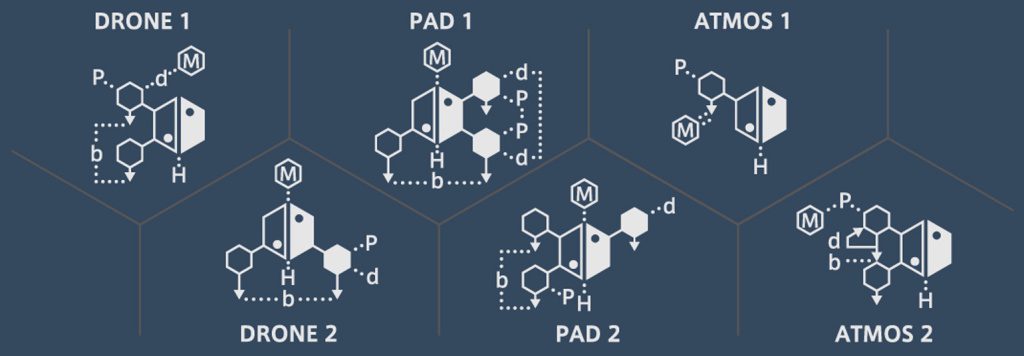Creating and printing AI-generated images for interior design is an innovative way to personalize your space. This process involves selecting images that match the aesthetics of your space, understanding the importance of aspect ratio and image resolution, and choosing the right printing service and paper type.
The first step in this process is to create and select images that match the aesthetics of your space. This can be achieved by using an AI image generators such as Midjourney, Stable Diffusion, the new OpenAI Dall-E 3 which will soon be rolling out to ChatGPT and others. To create unique pieces that reflect your personal style and the overall design of your space. The beauty of AI-generated art is that it can be tailored to fit any aesthetic, from modern minimalism to rustic charm.
Once you have selected your images, consider working with existing frames and mats. This not only saves money but also allows for a seamless integration of the new artwork into your existing decor. The general rule is that artwork should occupy about two-thirds of a wall space. However, this can be achieved with a single large piece or a cluster of smaller images. To visualize how an image will look on your wall, consider using an augmented reality tool like Wallery, a free and user-friendly app.
Printing AI art for interior design
Understanding the aspect ratio, the relationship between the height and width of an image, is crucial when fitting images into frames. Tools like custom zoom or pan can be used to adjust the shape of an image to fit a specific aspect ratio. This ensures that your image fits perfectly into your chosen frame, enhancing the overall aesthetic of your space.
Image resolution, or the number of pixels in an image, is another important factor to consider. More pixels mean clearer and more detailed prints. If your image resolution is low, consider using upscalers to add pixels to an image using AI algorithms. This improves the print quality, ensuring that your artwork looks as stunning on paper as it does on screen. Topaz Gigapixel AI and Vance AI are recommended upscalers for this purpose, by the Making the Photo: AI Edition YouTube channel.
Other articles you may find of interest on the subject of AI art generators :
Before printing, it is advisable to brighten your images. This is because screens provide backlight, which paper does not. Brightening your images before printing can help to offset this difference and ensure that your prints look as vibrant as they do on screen.
Choosing the right printing service and paper type is the final step in this process. A service like White House Custom Color (WHCC) is recommended by Making the Photo: AI Edition due to its variety of print options on top-tier paper. Depending on your preferences, you can choose from different types of paper including glossy, matte, semi-gloss, and fine art paper.
For those seeking a more traditional look, consider printing your image on canvas. This gives your artwork a classic, timeless feel. Alternatively, for a more modern design, consider printing on metal. This gives your artwork a sleek, contemporary edge.
Creating and printing AI-generated images for interior design is a creative and personalized way to enhance your space. By selecting images that match your aesthetic, understanding aspect ratio and image resolution, and choosing the right printing service and paper type, you can create stunning pieces of art that truly reflect your personal style.
Filed Under: Guides, Top News
Latest togetherbe Deals
Disclosure: Some of our articles include affiliate links. If you buy something through one of these links, togetherbe may earn an affiliate commission. Learn about our Disclosure Policy.






